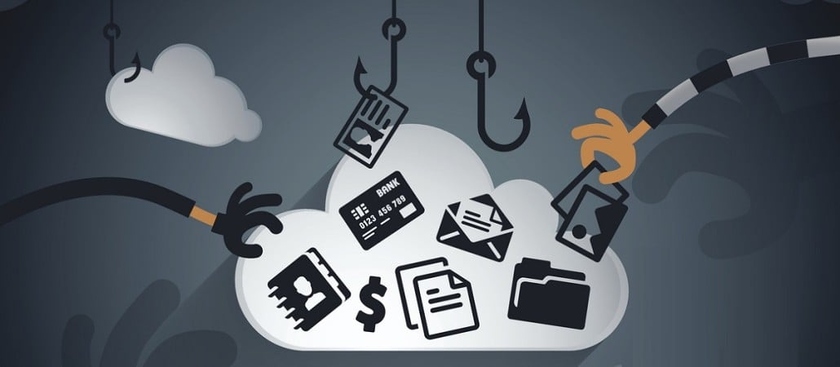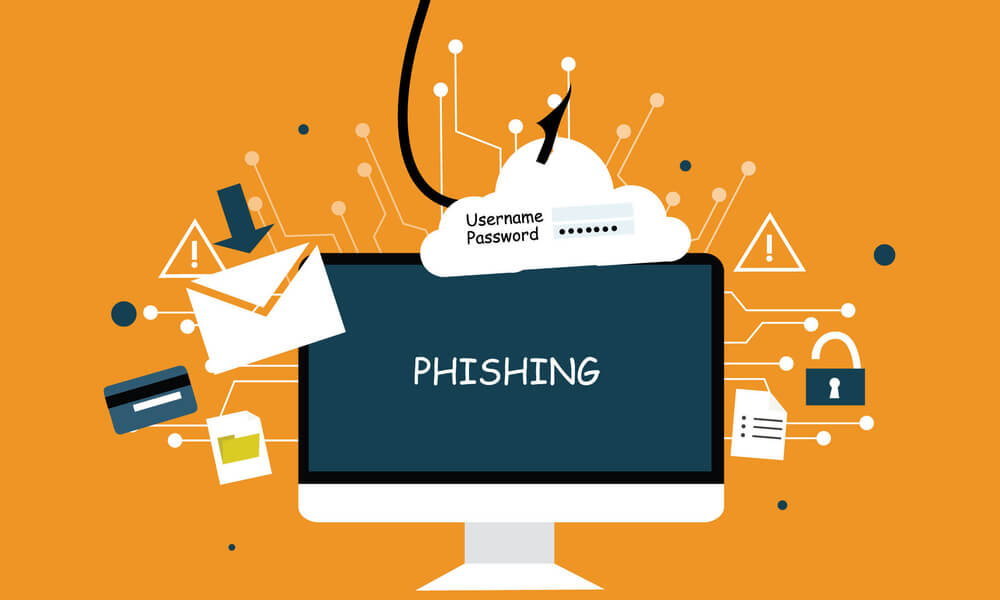Tag: cybersecurity
-

Data breaches: Causes, prevention techniques, and the importance of incident response plans
Data breaches are becoming increasingly common in today’s digital age. A data breach occurs when an unauthorised individual gains access to confidential or sensitive information. These breaches can lead to identity theft, financial loss, and damage to an individual or organisation’s reputation. It is essential to understand the causes of data breaches, prevention techniques, and
-
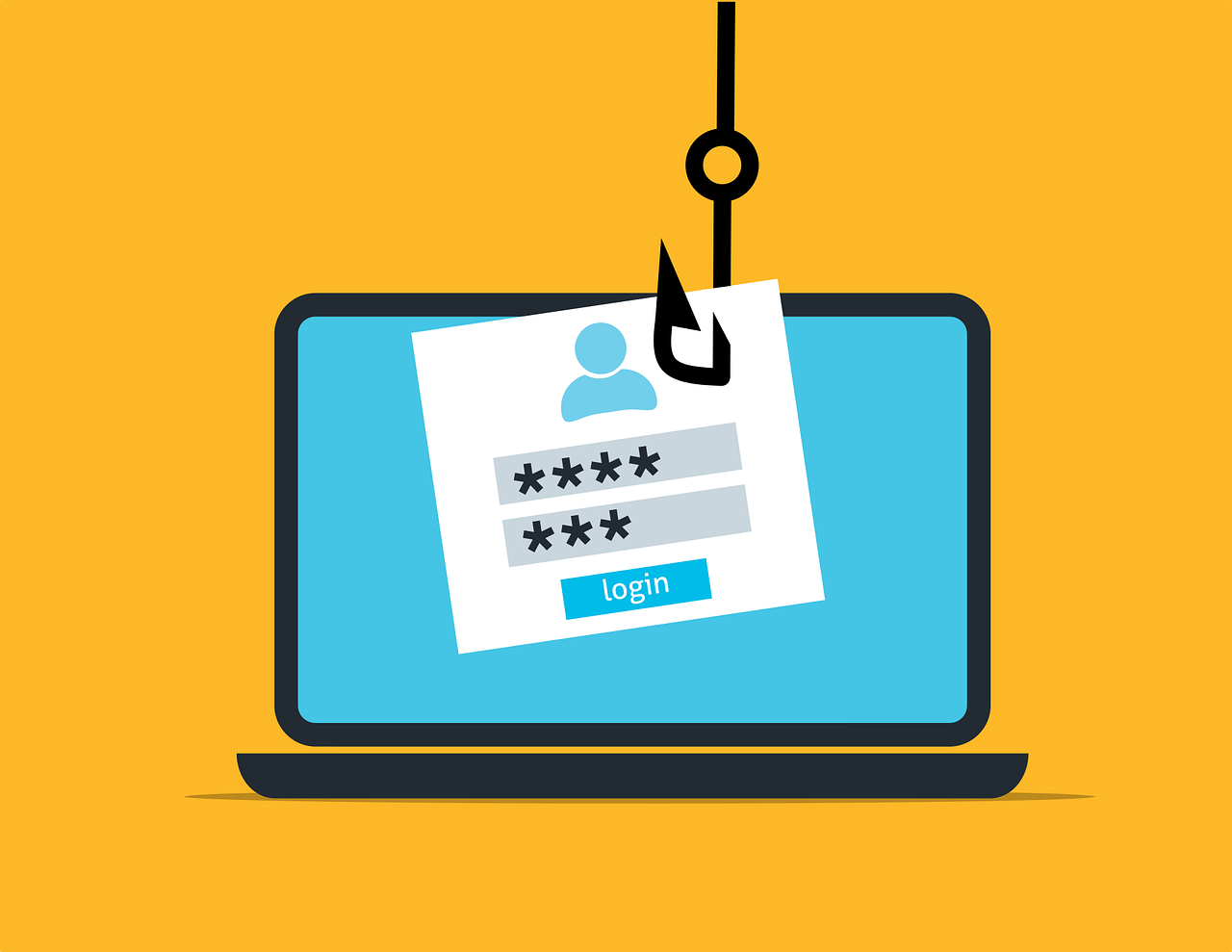
Password security: Tips for creating strong passwords and secure password management
Passwords are a critical component of security in the digital world. They are used to protect personal and confidential information from unauthorised access. However, many people fail to create strong passwords, leaving their accounts vulnerable to hacking and identity theft. In this essay, we will discuss tips for creating strong passwords and secure password management.
-

Insider threats: Types, detection techniques, and how to minimise the risks
Insider threats refer to the risks posed by individuals who have authorised access to an organisation’s systems and data. While external threats are often the focus of cybersecurity efforts, insider threats can be just as dangerous and potentially devastating. There are several types of insider threats, including unintentional, negligent, and malicious. Unintentional threats arise from
-
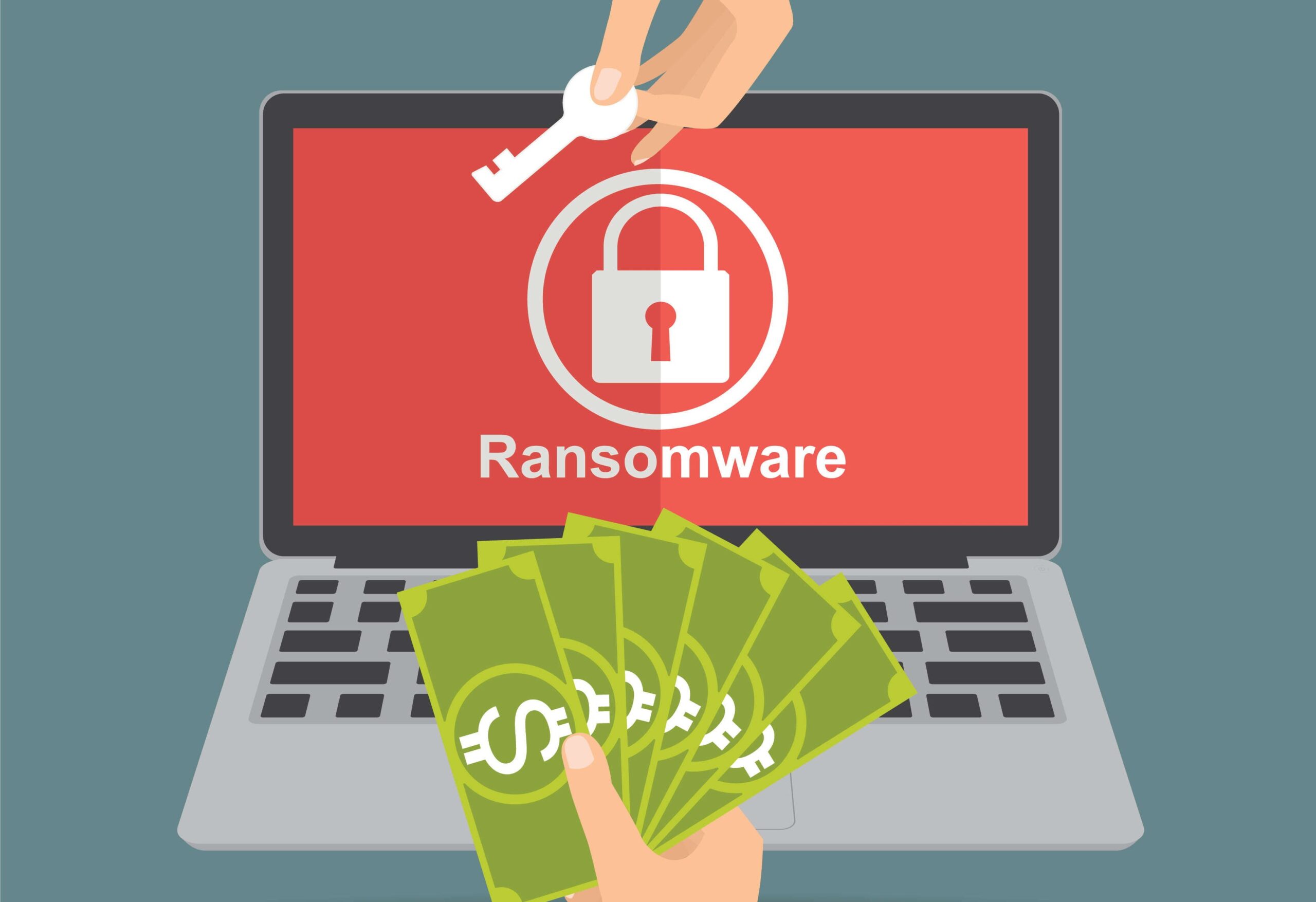
Ransomware, cyber attack, malware, prevention strategies, encryption, data security
Ransomware is a type of malicious software that infects computer systems and blocks access to files until a ransom is paid. It has become an increasingly popular form of cyber attack in recent years, with businesses and individuals falling victim to its devastating effects. Understanding the different types of ransomware and implementing effective prevention strategies
-
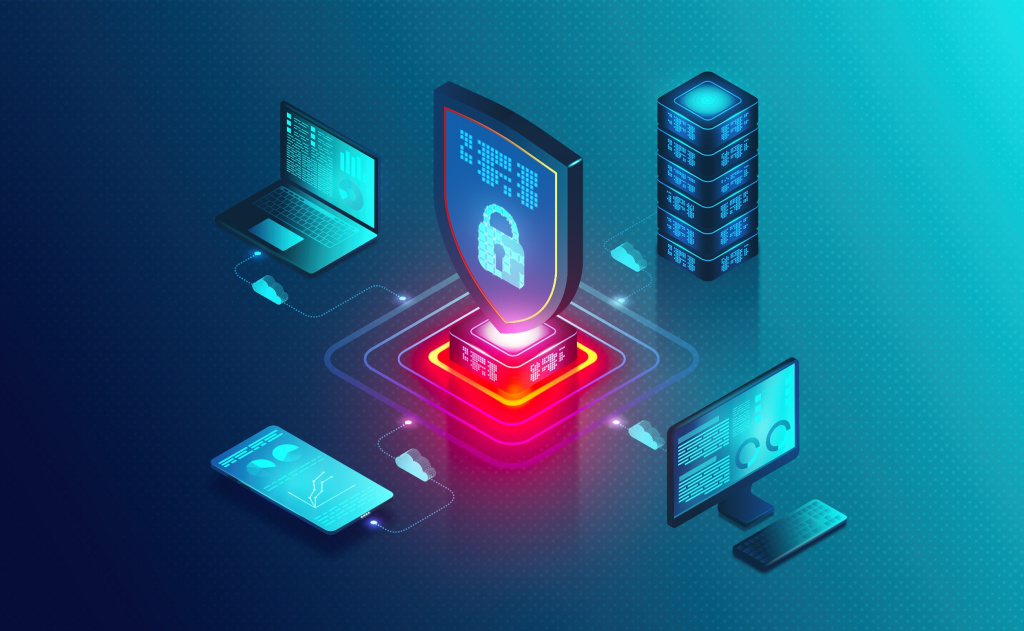
Cybersecurity Policy, Regulations and Compliance
Cybersecurity policy, regulations, and compliance are essential components of modern cybersecurity. Cybersecurity policies are designed to establish guidelines and procedures for securing information technology systems and data, while regulations and compliance requirements set standards for how organisations must protect sensitive data. Cybersecurity policies vary by organisation, but they often include guidelines for password management, access
-

Data protection and privacy laws
Data protection and privacy laws are critical components of modern cybersecurity. These laws are designed to protect individuals’ personal information from unauthorised access, use, and disclosure. With the increasing volume of personal data collected and processed by organisations, data protection and privacy laws have become increasingly important. Data protection laws vary by country, but they

